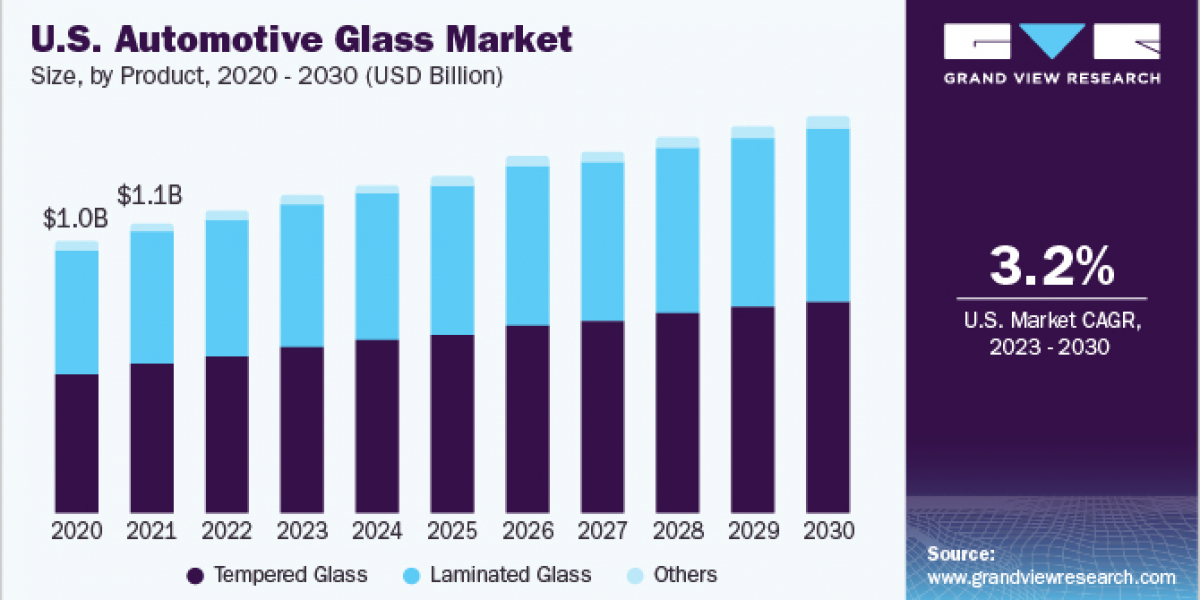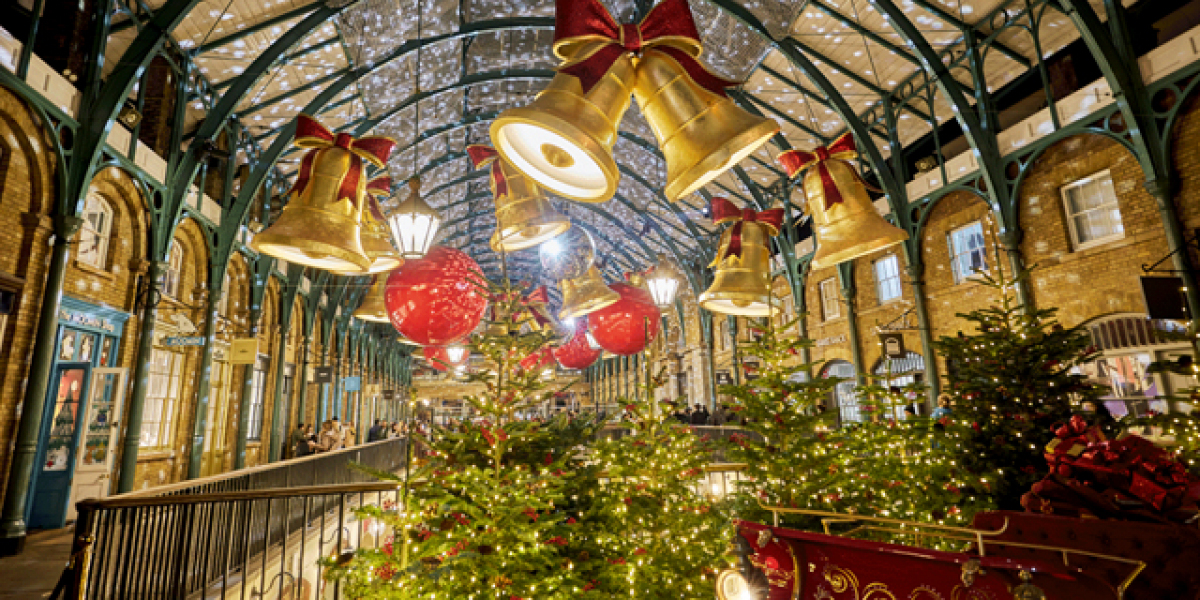The global automotive glass market was valued at USD 30.8 billion in 2022 and is projected to expand at a compound annual growth rate (CAGR) of 5.1% from 2023 to 2030. A significant factor driving this growth is the increasing focus on lightweight vehicles, which stems from rising concerns about harmful emissions from automobiles that negatively impact the environment. According to the International Organization of Motor Vehicle Manufacturers (OICA), global automobile production reached 85.02 million vehicles in 2022. This robust production volume is largely due to advancements in the automotive manufacturing sector, particularly in countries like China and India, where government initiatives regarding motor vehicle regulations are on the rise.
Moreover, ongoing technological advancements in the automotive industry, coupled with continuous innovations in vehicle design, have prompted market players to develop more sophisticated products for automotive manufacturers. For instance, during the fiscal year 2018-2019, AIS Glass in India provided its products for various new car models, introducing several innovative features such as solar green glass and acoustic polyvinyl butyral (PVB) for the Toyota Yaris, as well as a 2.8mm backlite for the latest Wagon R model.
Gather more insights about the market drivers, restrains and growth of the Automotive Glass Market
Product Segmentation Insights
In the automotive glass industry, the tempered glass segment held the largest revenue share of 59.1% in 2022. This significant share can be attributed to several advantages, including its affordability, high strength, and durability. Tempered glass is notably stronger, with a strength that is 4-5 times greater than that of regular float glass, making it a more cost-effective option compared to laminated automotive glass. Consequently, it is the most widely used type of glass in vehicles, particularly for windows and backlites.
On the other hand, the laminated glass segment is anticipated to experience the fastest growth, with a compound annual growth rate (CAGR) of 5.3% during the forecast period. This type of glass is constructed with a polyvinyl butyral (PVB) layer sandwiched between two sheets of glass, and it is primarily used in windscreens due to its safety features. Laminated glass remains intact during accidents, helping to prevent injury to passengers. Additionally, it is commonly used in sunroofs, which is expected to further drive growth in this segment. Prominent automotive manufacturers like Volvo, Ferrari, and Tesla incorporate laminated glass in all their models that feature panoramic sunroofs.
Order a free sample PDF of the Market Intelligence Study, published by Grand View Research.









